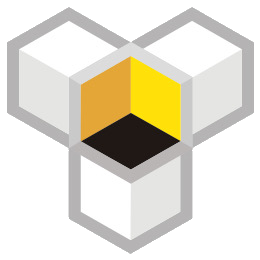Guide to Driving Traffic to Your Website
Preparation Work Before Building a Website
Recently when visiting customers, many customers have raised the question to the editor about how independent websites can bring traffic. This is not only a question that independent website sellers are most concerned about, but also all e-commerce sellers are very concerned about how to drive traffic. In response to this, the editor specifically consulted some customers who operate independent websites relatively well.
According to one customer sharing: 'The main reason why most independent websites don't do well is not because the traffic acquisition channel is problematic, but because they don't even understand the basic operations, such as uploading products, setting up logistics, SEO settings, and so on. If the website's internal optimization is not done well, it's useless even if you find the right traffic acquisition channel. Moreover, they are not willing to devote time to consult customer service and have technicians handle it promptly.'
Promotion Channel Selection
For those who are just starting to build independent websites, the main focus should still be on promotion, and they must have enough determination and execution. As mentioned by the customer above, before promoting, products need to be put online first, and some basic settings need to be handled well, many sellers often get stuck at this point. Nowadays, most website building services can quickly create websites, solving the problem for sellers who do not understand website building.
Common drainage and promotion channels
A retail operation specialist pointed out: 'As long as you find 1-2 drainage channels that are suitable for your product, understand the gameplay and characteristics, you can basically achieve a balance of income and expenses or even make a profit.'
1. CPC paid clicks:Such as Google ADwords, Facebook, Twitter, etc., suitable for products with high unit prices.
2. Internet celebrities:Celebrity resources are concentrated on Facebook, Instagram, YouTube, blogs, etc., with high conversion rates, pay attention to matching the target customer group.
3. CPS turnover:Calculate commissions based on the amount of completed orders, it is a cost-effective promotion method with relatively low risk.
4. Discount/coupon websites:Such as Slickdeals, Retailmenot, etc., with relatively low traffic costs.
5. EDM (Email Marketing):Suitable for secondary marketing, low cost, and significant effect.
6. Offline promotion:Promote through exhibitions, advertisements, or include cards in packages.
7. Link advertising:Advertise on related websites, low cost, average conversion rate.
8. SEO:Suitable for long-term optimization, slow to take effect, but free.
9. People-oriented strategy:Promote product sales, suitable for small wholesale or products with high unit prices.

